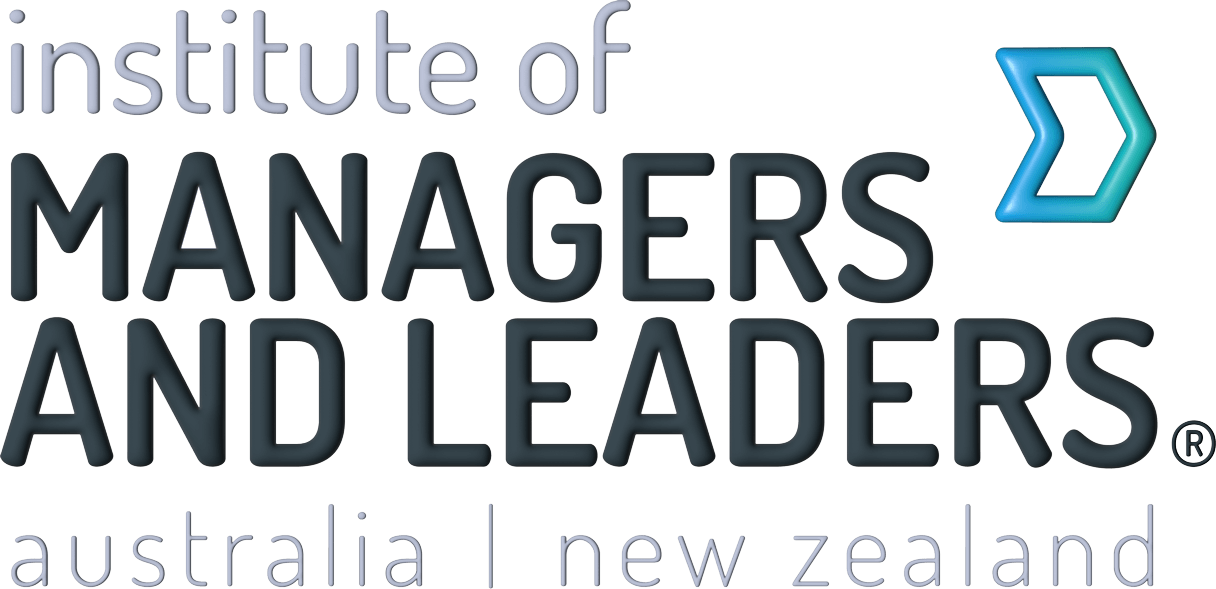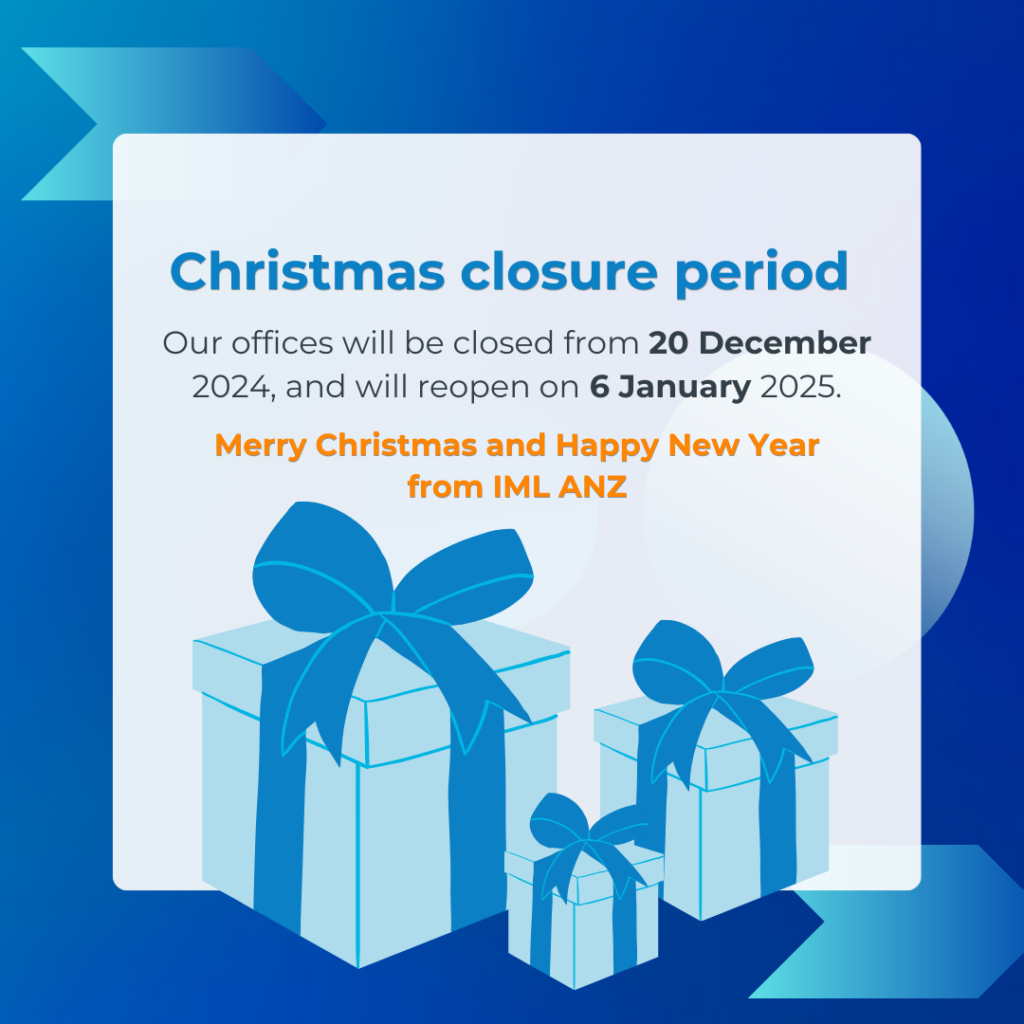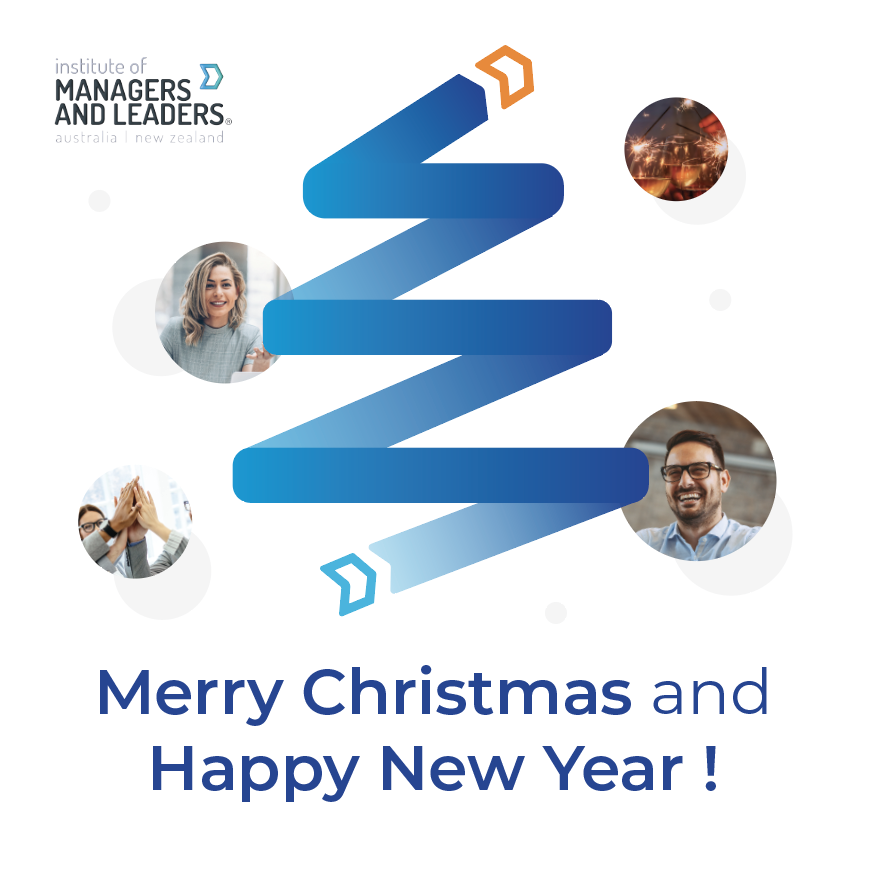It’s a war for talent, and the continual tightening and squeeze of the candidate pool is and will significantly impact future success. In bridging the talent gap, upskilling and reskilling the workforce are strategies smart businesses are implementing. Or, in other words, leveraging their existing employees.
A learning culture and environment
If reskilling, upskilling, learning, and adapting is new to your business, you need the right culture and environment to support your business. For successful strategy implementation and ongoing long term, sustainable success–way into the future, the right culture is a must. A culture of learning and upskilling is seen as a ‘critical worker benefit‘, on par with bonuses, additional leave etc., and essential for employee engagement and retention.
An environment that is ‘safe’ to learn, with continual, ongoing development, opportunities for deployment, being open to new experiences, and allowing ‘failure’ on the path to mastery, requires time, patience, encouragement, and inspiration. Providing a continuous learning culture, one in which the acquisition of new skills is the expectation and the norm, is the first step in successfully leveraging your existing employees.
Future needs and the job description
What are your business goals and projections for the future? Identify the core skills and prioritise the critical and urgent. Decide which to outsource short and long term, which to bring in and which can be cultivated, nurtured and trained from your existing employees.
Review your organisational structure and job descriptions. Too often, job descriptions are a wish list, with extras added, meshed with the real needs of the role and business. In a market of constricted talent, the option of ‘fries’ with your order is no longer applicable. Worse, if job descriptions are a perfunctory adjunct, attached to a contract, only to be put in the filing cabinet—by both parties.
Instead, use job descriptions as a tool, encompassing only core skills and duties, matched with business goals. In dovetailing to your adaptable and learning culture, job descriptions are a working document, reviewed quarterly to half yearly. The job may expand, evolve and the skills increase, even better!
Know your employees
How well do you know your employees? It’s like discovering your neighbour is a plumber after the pipes have burst. Conduct an audit on the skills and experience of your teams. Consider conducting a cultural questionnaire designed to draw out unseen and unknown skills, attributes and potential. Learn more about their values and experiences. You might be surprised! Mostly though, the time you invest in getting to know your employees should be a new healthy habit. This is where deep connections and understandings exist.
Perhaps your Office Manager has a marketing degree. Or your Team Assistant is a member of Mensa. Don’t just look for the obvious; look for the hidden and uncover the potential. Consider second languages, creative skills and hobbies. All provide insight into untapped potential, skills, and future roles. Language skills require great memory, concentration, listening, comprehension and even ‘people reading’ ability. Sports experiences offers the gifts of teamwork and winning spirit, etc.
Expose your employees to projects and different parts of the business–deployments or secondments. Perhaps there is someone with a propensity for figures and spreadsheets? Gallup research has shown workers who use their strengths daily are six times more likely to be engaged at work. Even more importantly, when managers focus on employees’ strengths, only 1% are actively disengaged. Above all, your employees need to feel they are contributing, which is the case when discovering their skills, strengths, gifts, and attributes.
See their potential, mentor and review
It’s not just about knowing the skills, but also ‘seeing’ and uncovering potential. As a recruiter, paying attention to the unseen, hidden attributes, behaviours, and skills and viewing potential through a different lens is the best part of my job. Consider implementing buddy and mentoring programs as well as setting regular reviews. These are skills and job progress reviews–not classic performance reviews. Make it ‘ok’ to talk about areas to develop, what has worked, and not, what they enjoy and what is a struggle. Working on the ‘struggle’ parts will increase confidence, remove insecurities and build trust.
The difficulty and challenge in sourcing talent won’t disappear any time soon. Instead, a business must find a long-lasting approach and adopt it early to avoid being left behind. Implementing and executing a strategy to leverage existing employees not only bridges the talent gap for now, but also strengthens and increases your business’s human capital for the future.
Roxanne Calder, author of ‘Employable – 7 Attributes to Assuring Your Working Future’, is the founder and managing director of EST10 – one of Sydney’s most successful administration recruitment agencies.



